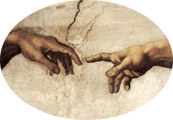全体主義の起源地図
Totalitarian Map
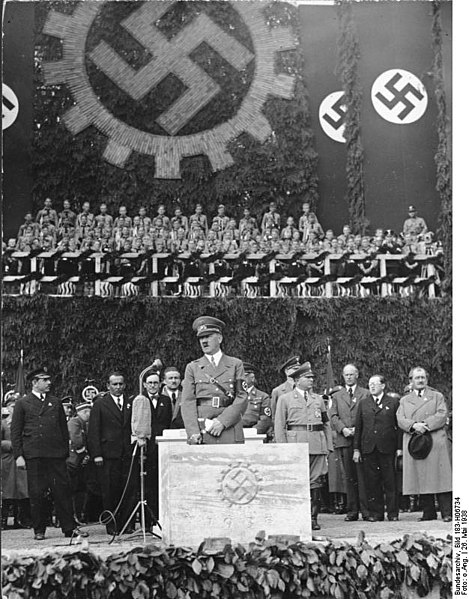
全体主義の起源地図
Totalitarian Map

このページは、Arendt,Hanna. The Origins of Totalitarianism, 1951 の解説ページです。全体主義の起源、読解マップ
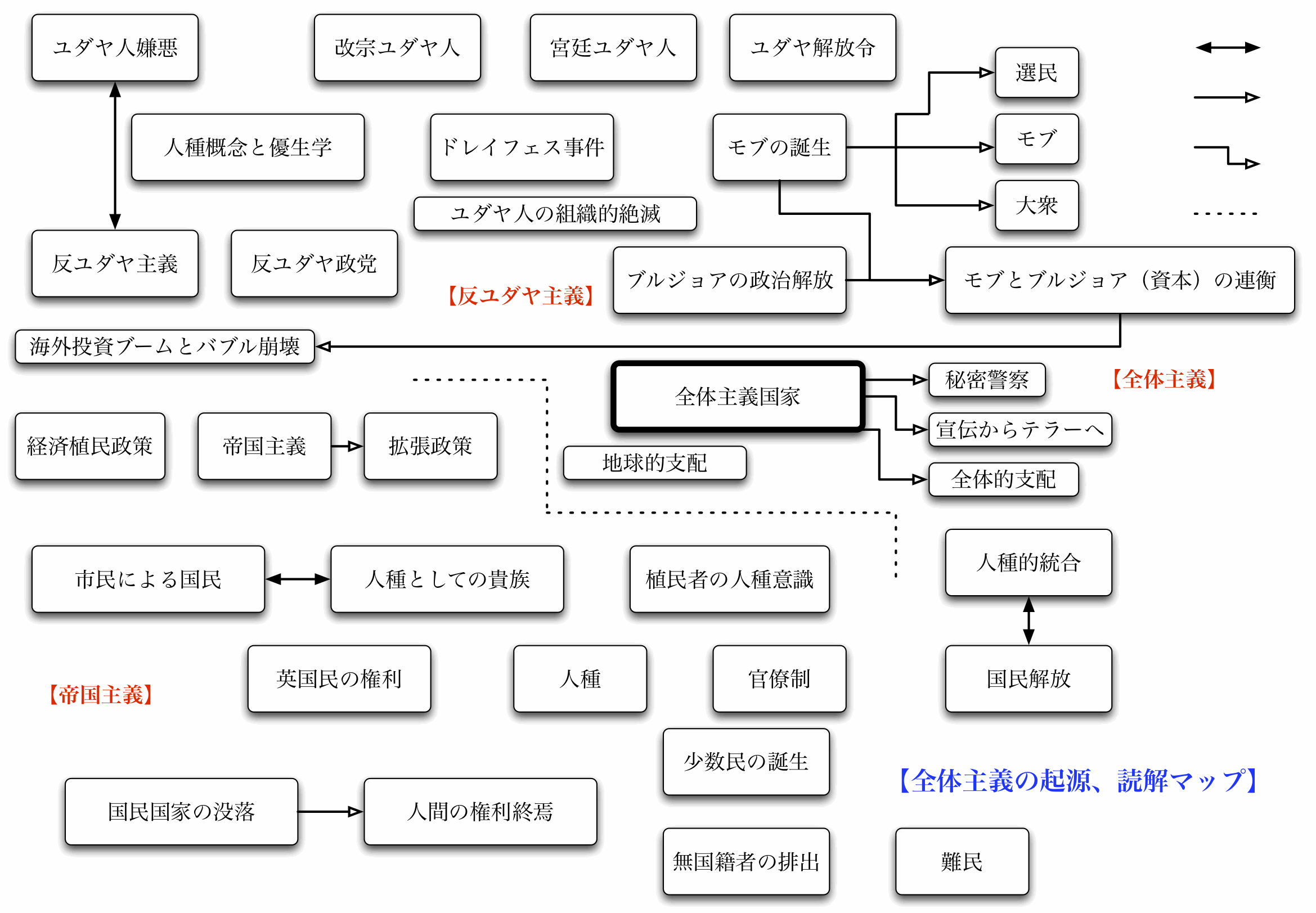
■Pol Pot or Saloth Sâr,
1925-1998.
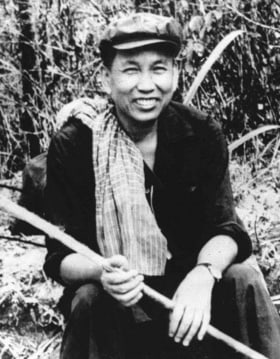
"Pol Pot reformed Cambodia as a new, one-party state called Democratic Kampuchea. Seeking to create an agrarian socialist society, his government forcibly relocated the urban population to the countryside to work on collective farms. Those regarded as enemies of the new government, including Buddhist monks and ethnic minorities, were killed. These mass killings, coupled with malnutrition, strenuous working conditions, and poor medical care, killed between 1.5 and 2 million people, approximately a quarter of Cambodia's population, a period later termed the Cambodian genocide. Marxist–Leninists unhappy with Pol Pot's government encouraged Vietnamese intervention. After Pol Pot attacked several Vietnamese villages, the newly unified Vietnam invaded Cambodia in December 1978, toppling Pol Pot's government in 1979. The Vietnamese installed a rival Marxist–Leninist faction opposed to Pol Pot and renamed the country the People's Republic of Kampuchea. Pol Pot and his Khmer Rouge retreated to a jungle base near the Thai border. Until 1993, they remained part of a coalition internationally recognized as Cambodia's legitimate government. The Ta Mok faction placed Pol Pot under house arrest, where he died in 1998, possibly from suicide." - Pol Pot or Saloth Sâr.
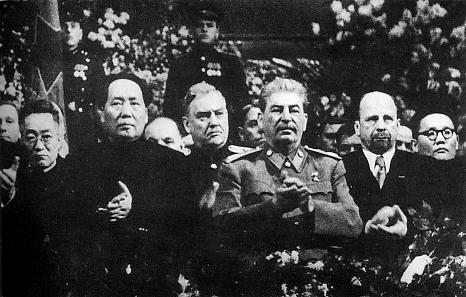
"Mao at Stalin's side
on a ceremony arranged for Stalin's 71th birthday in Moscow in December
1949. Behind between them is Marshal of the Soviet Union Nikolai
Bulganin. on the right hand of Stalin is Walter Ulbricht of East
Germany and at the edge Mongolia's Yumjaagiin Tsedenbal."
資料・文献
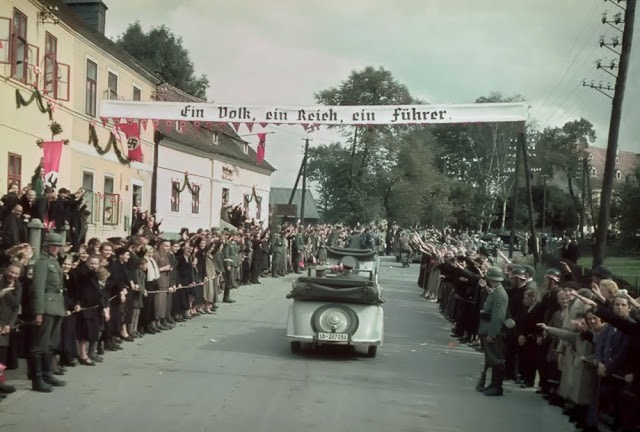
ひとつの民族、ひとつの帝国、ひとりの総統と読める Photo by Hugo Jaeger is the former personal photographer of Adolf Hitler.
http://www.vintag.es/2016/05/rare-wwii-color-photographs-taken-by.html.
Copyleft, CC, Mitzub'ixi Quq Chi'j, 1996-2099
